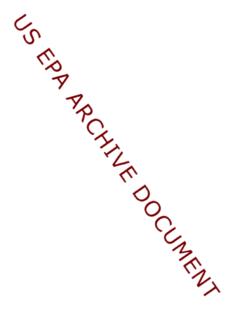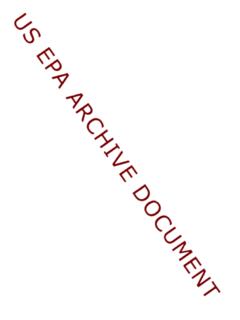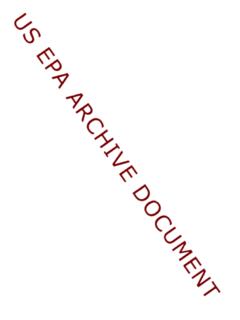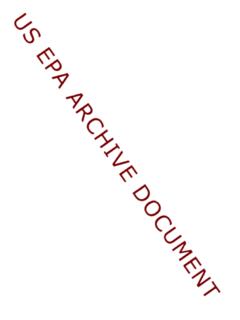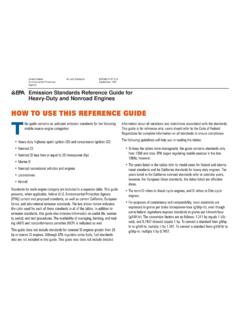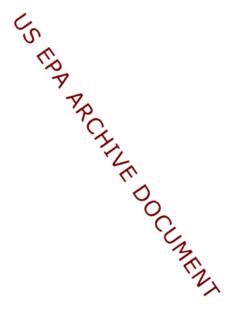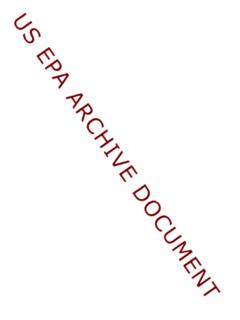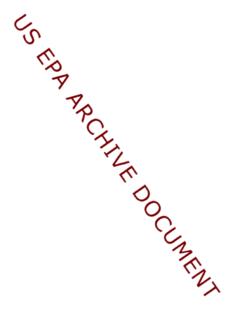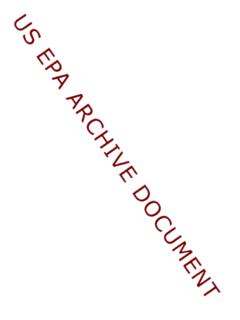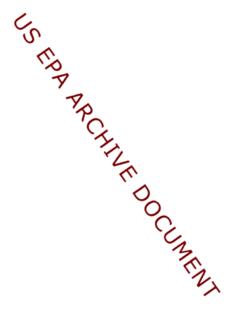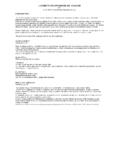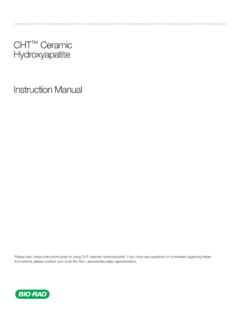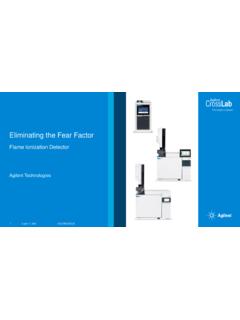Transcription of Standard Operating Procedure: Sample Preparation and ...
1 RSKSOP-175 Revision 2004 Page 1 of 14 Felisa Hudson Standard Operating PROCEDURES ample Preparation and Calculations for Dissolved Gas Analysisin Water Samples Using a GC Headspace Equilibration :This Standard Operating procedure has been prepared for the use of the Ground Water andEcosystems Restoration Division of the Environmental Protection Agency and may not bespecifically applicable to the activities of other organizations. THIS IS NOT AN OFFICIALEPA APPROVED METHOD. This document has not been through the Agency s peer reviewprocess or ORD clearance Purpose (Scope and Application):This method is applicable to the Preparation of water samples for determination of dissolvedgases.
2 After quantitation of gas equilibrated into the prepared headspace, this method permitscalculation of the concentration of the dissolved gas in the water before equilibration. Resultingconcentrations are expressed as mg/L and :g/L of dissolved gas in water. This method has beenused for determining dissolved hydrogen, methane, ethylene, ethane, propane, butane, acetylene,nitrogen, nitrous oxide and oxygen. The number of analyses that can be performed in an eighthour day depends upon the method used to determine the target analyte, 40-60 samples may beanalyzed for methane, ethylene, and ethane in eight method is restricted to use by or under the supervision of analysts experienced in samplepreparation, the use of gas chromatography and the interpretation of chromatograms.
3 Knowledgeof Microsoft Excel spreadsheet data entry and macro programming is also a prerequisite toprocessing quantitation files. 3. Method Summary:A water Sample is collected in the field or in the laboratory without headspace, in a serum bottleand capped using a Teflon faced septum and a crimp cap of the appropriate size to fit the headspace is prepared in the lab by displacing 10% of the water with high purity helium. Thebottle is shaken for five minutes and a headspace Sample is injected onto a gas chromatographiccolumn where the gaseous components are separated and detected by a thermal conductivitydetector, a flame ionization detector or an electron capture detector.
4 The concentration ofdissolved gas in the original water Sample is determined by using the Henry s law constant, theconcentrations of the gas in the headspace, the bottle volume, and temperature of the Sample . RSKSOP-175 Revision 2004 Page 2 of 14 Felisa Hudson Excel macros and Excel worksheets are provided to aid in the Reagents: N/A5. Equipment/Apparatus: serum bottles butyl rubber Teflon faced septum 20-gauge needle 10-mL glass syringe 8-cm 20-gauge needle 10-mL ground glass syringe thermometer rotary shaker steel tubing two-stage regulator6.
5 Health and Safety Precautions: There are no additional precautions that need to be taken other than those in keeping withstandard laboratory Interferences: N/A8. Procedure: Sample analysis is described in RSKSOP-194 for methane, ethane, ethylene, propane, butane,and acetylene, RSKSOP-212 for hydrogen and RSKSOP-231 for nitrous samples should be collected in the field or prepared in the lab by placing the water in aglass bottle. Typically, a 60-mL serum bottle is used. Add the water down the side of the bottleso as not to agitate the Sample . Fill to the top and cap using a butyl rubber Teflon faced septumand the appropriate size aluminum crimp cap.
6 Care should be taken so there are no headspace orbubbles in the bottle. Field samples should be fixed with 1:1 hydrochloric acid to a pH less than2 or 1% trisodium phosphate before they are capped. The samples should be stored at 4 C andRSKSOP-175 Revision 2004 Page 3 of 14 Felisa Hudson analyzed within 14 days of collection. Remove samples from refrigerator and allow them to come to room temperature. To generateheadspace in the Sample bottle, insert through the septum a 20-gauge needle attached to a 10-mLglass syringe set at zero mL. Then an 8-cm 20-gauge needle attached to a section of stainlesssteel tubing with a needle valve is inserted through the septum.
7 The stainless steel tubing isattached to a two-stage regulator on a cylinder of high purity helium and the helium flow isadjusted using the needle valve to 5 mL per minute or helium forces water out of the bottle and into the glass syringe. The amount of water takenout of the bottle should be 10% of the volume of the Sample bottle. The bottle volume is usuallyprinted on the bottom of the serum bottle. Another way to determine the bottle volume is toweight the bottle empty, fill it with water, and weigh it again. The difference between the twoweights in grams is the bottle volume in milliliters. After the appropriate amount of water hasbeen removed, pull the 8-cm needle out of the septum.
8 Next, pull the syringe from the Sample bottle is then shaken at 1100 rpm on a rotary shaker for five minutes to allow thegases to equilibrate between the headspace and the liquid phase. Measure and record the roomtemperature. A portion of the headspace is then taken immediately for analysis on the gaschromatograph. Use a 10-mL ground glass syringe with a stopcock to take a 2-mL Sample of theheadspace. This is done by inserting the syringe needle into the septum so that the side port ofthe needle is in the headspace. Pull the plunger up to the 2-mL mark a couple of times and thenpull it up to the 2-mL mark and close the stopcock and withdraw the needle from the septum.
9 Withdraw the needle from the septum and inject the Sample into the QA/QC:Prior to starting analysis, at least one calibration Standard for each gas should be analyzed to check calibration. The analyzed values should be within 15% of the expected value. Also, helium should be analyzed to determine if there are any background levels of the analytes. Thehelium run should contain no analytes of interest at or above the method detection limit. If thiscondition is met, then analysis may data quality objective for the continuing calibration check standards is 85-115%.For dissolved gas analysis, a laboratory reagent blank comprised of RO water is prepared in exactly the same way as samples and should be analyzed before starting analysis of any samplescontaining water.
10 This blank is used to determine if background analyte concentrations orinterferences are present in the analytical 2004 Page 4 of 14 Felisa Hudson QC operations, frequency, control limits and description of corrective CheckFrequencyControl LimitsCorrective ActionMethod BlankBefore any series ofstandards at or below MDLR epeat blank analysis untilobjective met or obtain adequatequality blank water or Calibration CheckFirst, last andevery 15 samples85-115% of true valueCheck calibration equipmentfunction. Reanalyze affectedsamplesDuplicate Sampleafter every 10samples # 20 RPDR eanalyze samples.
